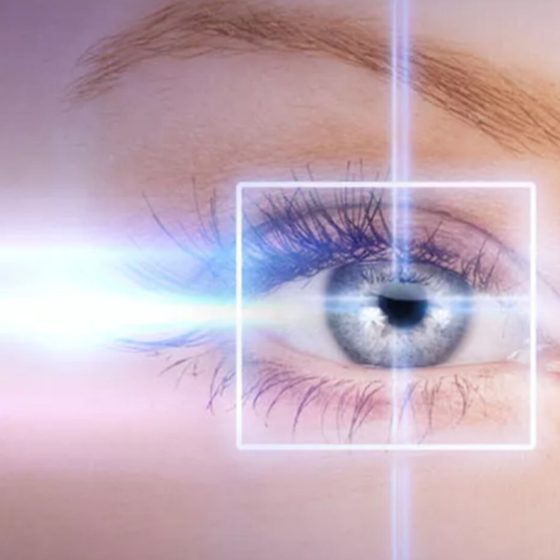Flashes and floaters
Overview Flashes and floaters are a common ophthalmic presentation. Flashes and floaters are common presenting complaints. They can be caused by both benign and potentially sight-threatening pathologies. For this reason, most patients usually warrant a referral to ophthalmology. Flashes Photopsia, or ‘flashes’, refer to the perception of light without an objective stimulus. They may be described as seeing ‘stars’, ‘lightening streaks’ or ‘flashing lights’. They are essentially visual hallucinations of light with geometric-like structures (e.g. triangles, diamonds). The underlying aetiology of ‘true’ flashes is inappropriate stimulation of the optic nerve or the retina. The main mechanism is retinal traction occurring





